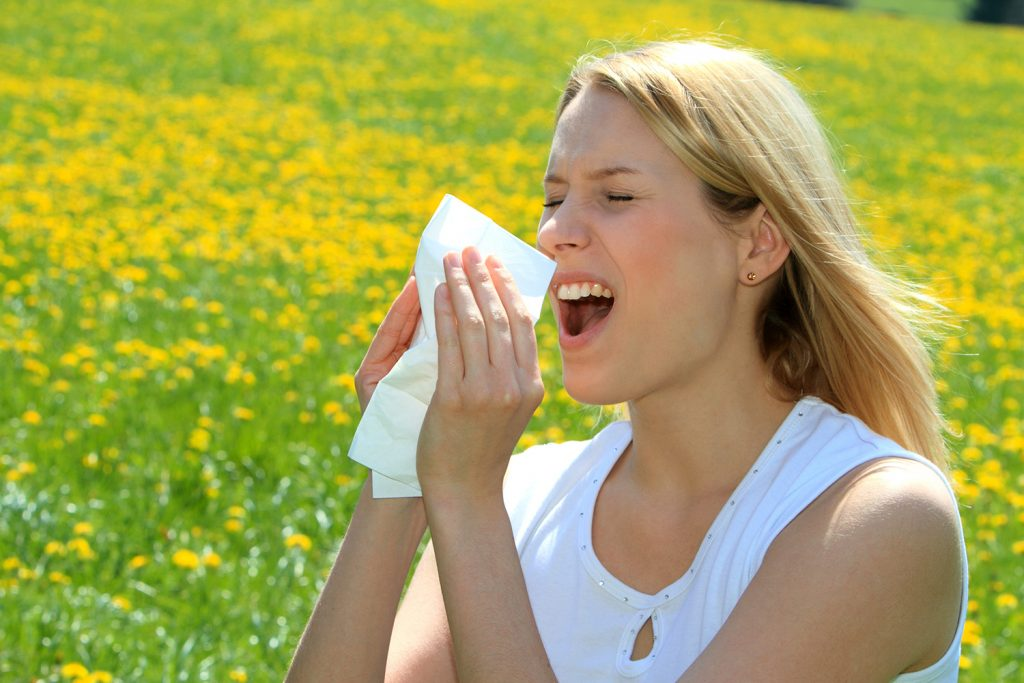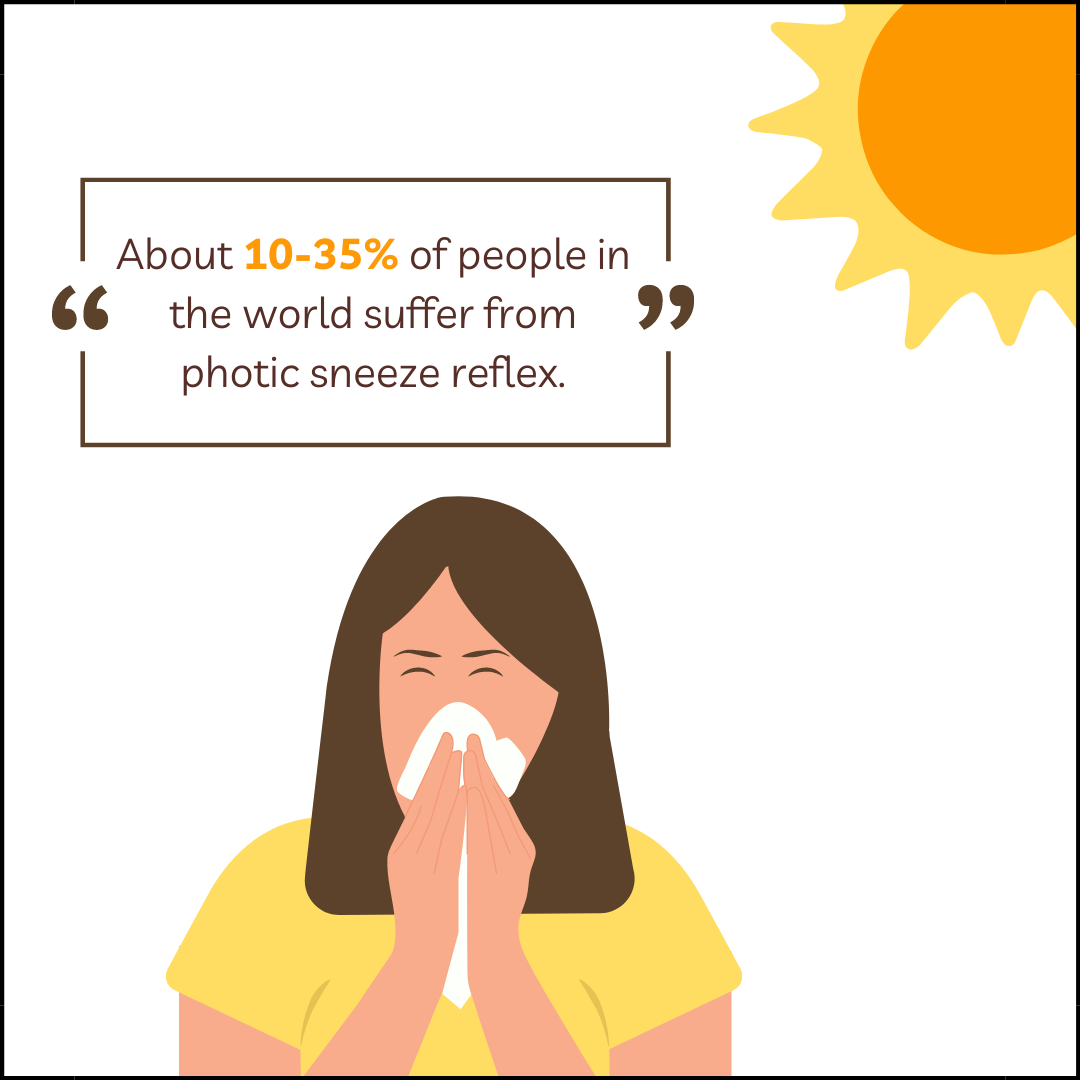Why Does Bright Light Make You Sneeze?
The photic sneeze reflex, also known as autosomal dominant compelling helio-ophthalmic outburst (ACHOO syndrome), is a genetic condition that causes individuals to sneeze when exposed to bright light, particularly after transitioning from dark to bright environments. It affects approximately 11% to 35% of the population, with some studies suggesting even higher prevalence rates, particularly among individuals of Caucasian descent.

Mechanism and Theories
The exact mechanism behind the photic sneeze reflex is not fully understood, but several theories exist:
-
Optic-Trigeminal Summation: This theory suggests that the optic nerve, which responds to light, may interact with the trigeminal nerve responsible for facial sensations. A change in light intensity could lead to increased sensitivity in the trigeminal nerve’s maxillary branch, triggering a sneeze instead of photophobia (sensitivity to light) .
-
Parasympathetic Generalization: Another possibility is that sensory input from bright light activates neighboring neurons involved in sneezing due to overlapping pathways in the parasympathetic nervous system. This could result in sneezing when exposed to bright light .
-
Lacrimation: Some researchers propose that exposure to bright light may cause tearing, which could drain into the nasal cavity and induce sneezing .
Symptoms and Inheritance
Individuals with this reflex typically experience bursts of sneezing—often ranging from two to over 40 sneezes in succession—triggered by sudden exposure to bright light, such as stepping outside on a sunny day or driving out of a tunnel. The reflex is inherited in an autosomal dominant manner, meaning that a person has a 50% chance of inheriting the trait if one parent has it.
Implications and Management
While generally harmless, the photic sneeze reflex can pose safety risks in certain situations, such as driving or operating machinery. Individuals may benefit from strategies to manage their exposure to bright light, such as wearing sunglasses or hats when outdoors.
Although there is no specific treatment for ACHOO syndrome, awareness of the condition can help individuals mitigate potential hazards associated with sudden sneezing episodes triggered by bright light.

References
comments powered by Disqus